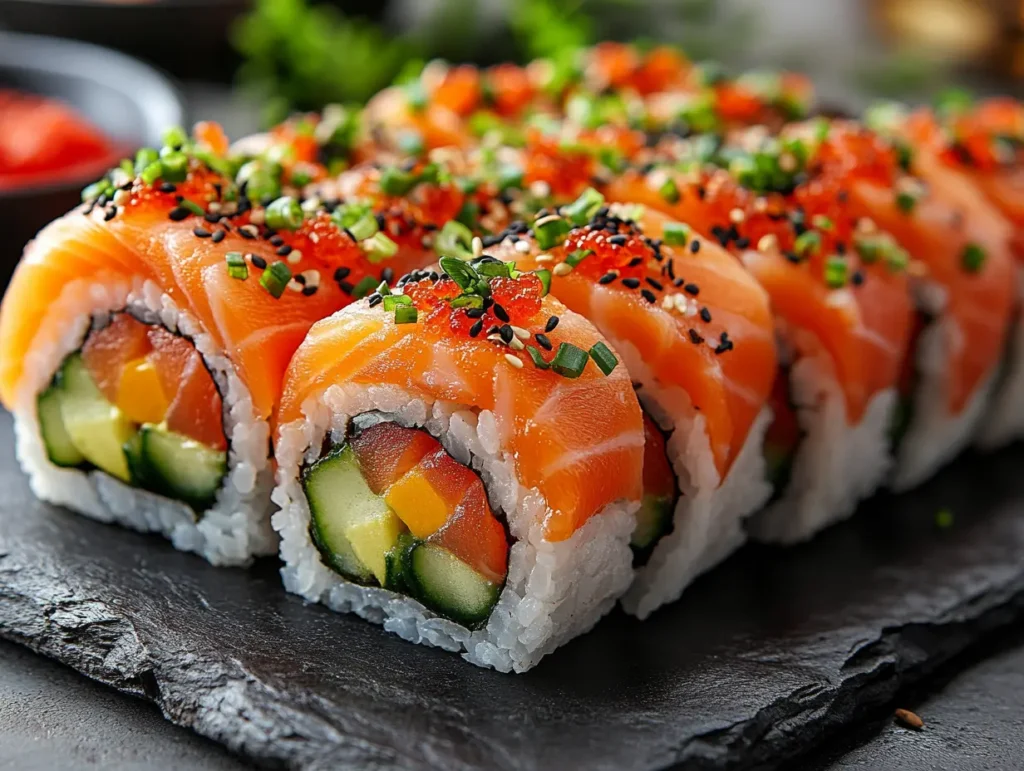
Sushi rolls are a beloved delicacy that combine art, flavor, and nutrition in every bite. Whether you’re a beginner looking for an easy sushi roll to start with or an experienced foodie ready to try a spicy tuna roll or classic California roll recipe, making sushi at home is not only rewarding but also surprisingly simple once you have the right guidance.
In this comprehensive guide, you’ll learn everything from preparing the perfect homemade sushi rice to mastering a variety of sushi roll recipes that will impress both yourself and your guests. We’ll also cover essential techniques, common fillings, and tips for serving and storing your creations. If you fall in love with the process, you might enjoy exploring our other easy Japanese recipes as well!
📖 Introduction to sushi roll recipe
Sushi originated in Japan and has become a global favorite thanks to its rich flavor combinations, artistic presentation, and the flexibility to customize ingredients. While sushi can take many forms, sushi rolls (known as makizushi in Japanese) are among the most accessible for home cooks.

Makizushi typically consists of seasoned rice, vegetables, and proteins rolled in seaweed (nori) and sliced into bite-sized pieces. The variety is vast—ranging from vegetarian rolls to those filled with raw or cooked fish. The beauty of makizushi lies in its simplicity and the endless possibilities for creative fillings, making it one of the most exciting seafood and rice recipes you can make.
🍚 Mastering Homemade Sushi Rice
Sushi rice, or shari, is the foundation of any good sushi roll. Getting the rice right is crucial because it impacts both texture and flavor. The ideal sushi rice is slightly sticky, with a hint of sweetness and acidity that complements the fillings.
Ingredients for Sushi Rice
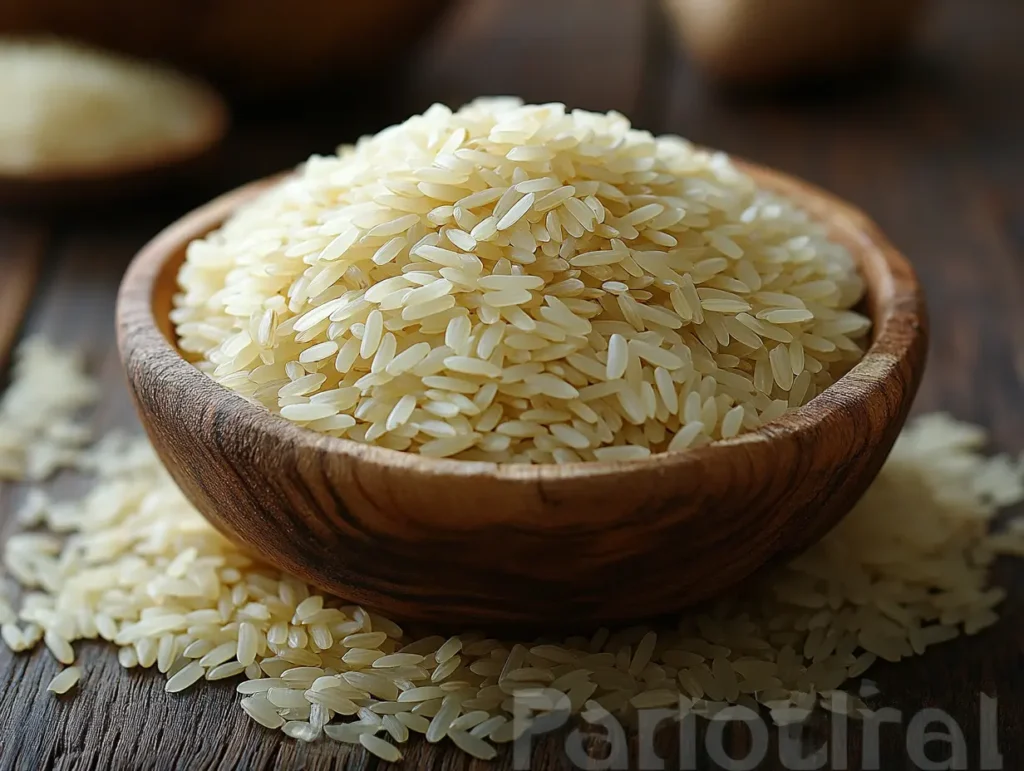




| gredient | Quantity |
|---|---|
| Short-grain rice | 2 cups |
| Water | 2 ½ cups |
| Rice vinegar | ¼ cup |
| Sugar | 2 tablespoons |
| Salt | 1 teaspoon |
Instructions
- Rinse the Rice: Wash the rice under cold water until the water runs clear. This removes excess starch and prevents stickiness. Drain thoroughly.
- Cook the Rice: Use a rice cooker or stovetop to cook the rice with the specified amount of water. Once cooked, let it sit, covered, for 10 minutes to steam.
- Seasoning: While the rice cooks, gently heat the rice vinegar, sugar, and salt in a small saucepan until dissolved (do not boil).
- Mix: Once the rice is done, transfer it to a large wooden or glass bowl. Gently fold in the vinegar mixture using a wooden spatula. Be careful not to mash the grains.
📝 Tip: Use a fan to cool the rice quickly—it gives it a glossy finish and ideal texture. This process also helps the vinegar mixture to be absorbed evenly.
🍱 Easy Sushi Rolls for Beginners
Starting with easy sushi rolls helps build confidence and technique. These beginner-friendly options use cooked ingredients and common vegetables, so you can focus on mastering the rolling process without worrying about handling raw fish.
🥒 Simple Cucumber Roll (Kappa Maki)
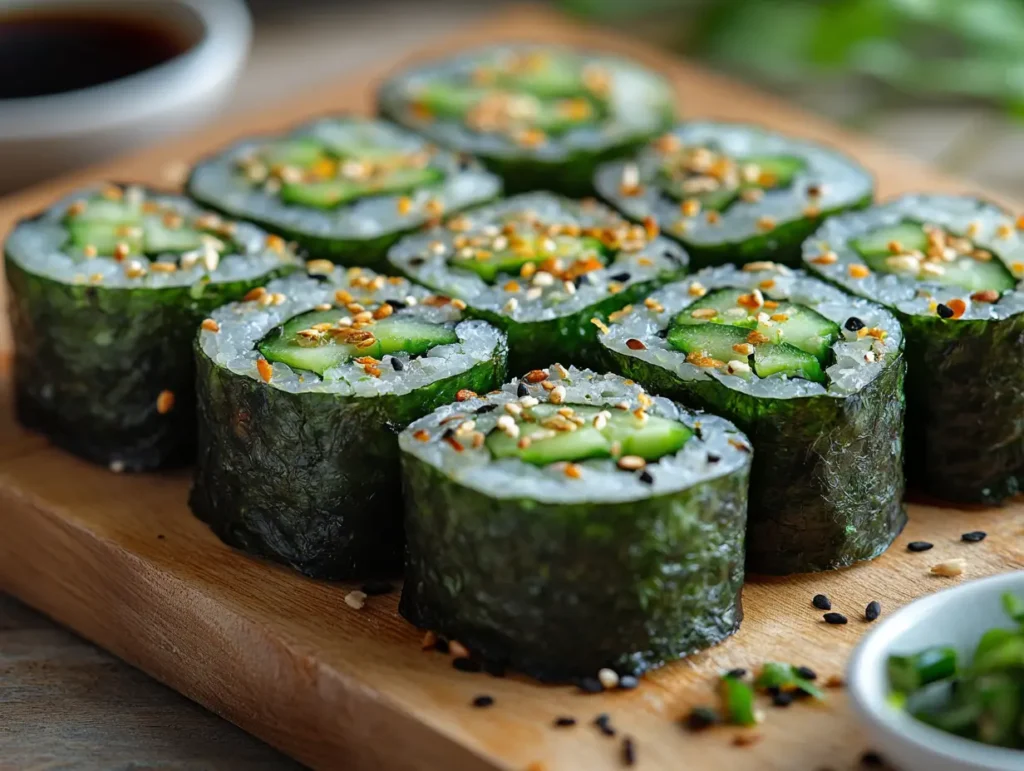
Ingredients

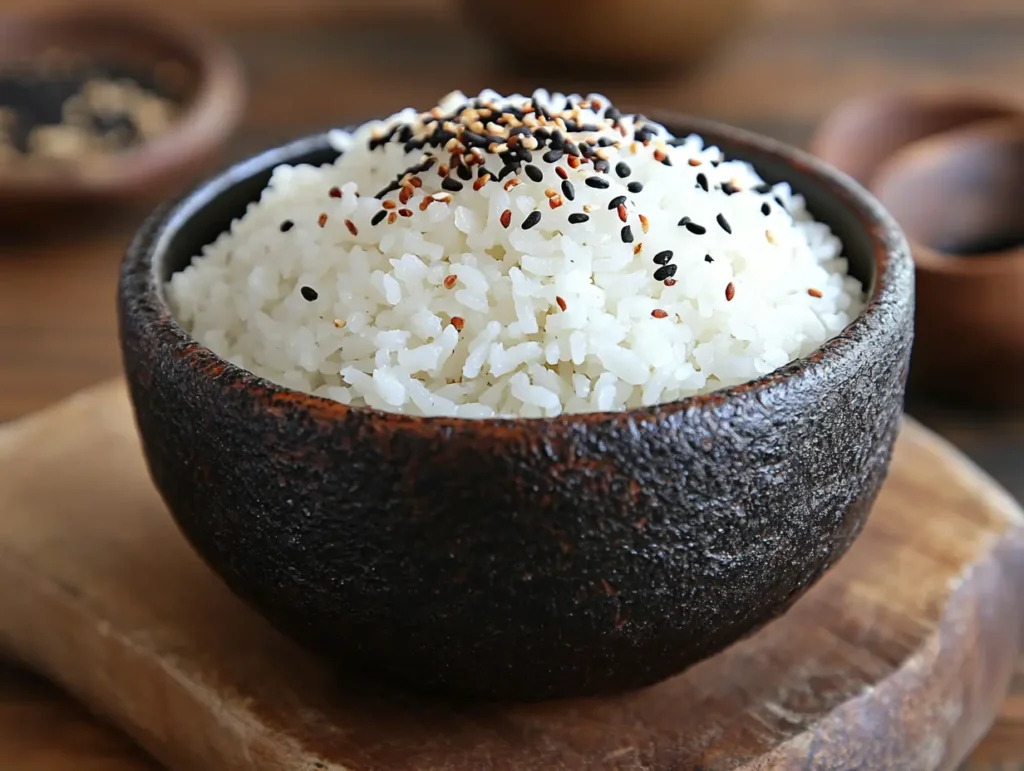

- 1 nori sheet
- ½ cup sushi rice
- Thin cucumber strips
Assembly Steps
- Place the nori on a bamboo mat.
- Spread rice evenly over the nori, leaving 1 inch at the top.
- Place cucumber strips horizontally across the center.
- Roll tightly using the mat, then slice into 6–8 pieces.
🥑 Avocado Roll
This roll is creamy, satisfying, and entirely plant-based. It’s another excellent choice for beginners and a staple in vegan gluten-free recipes.
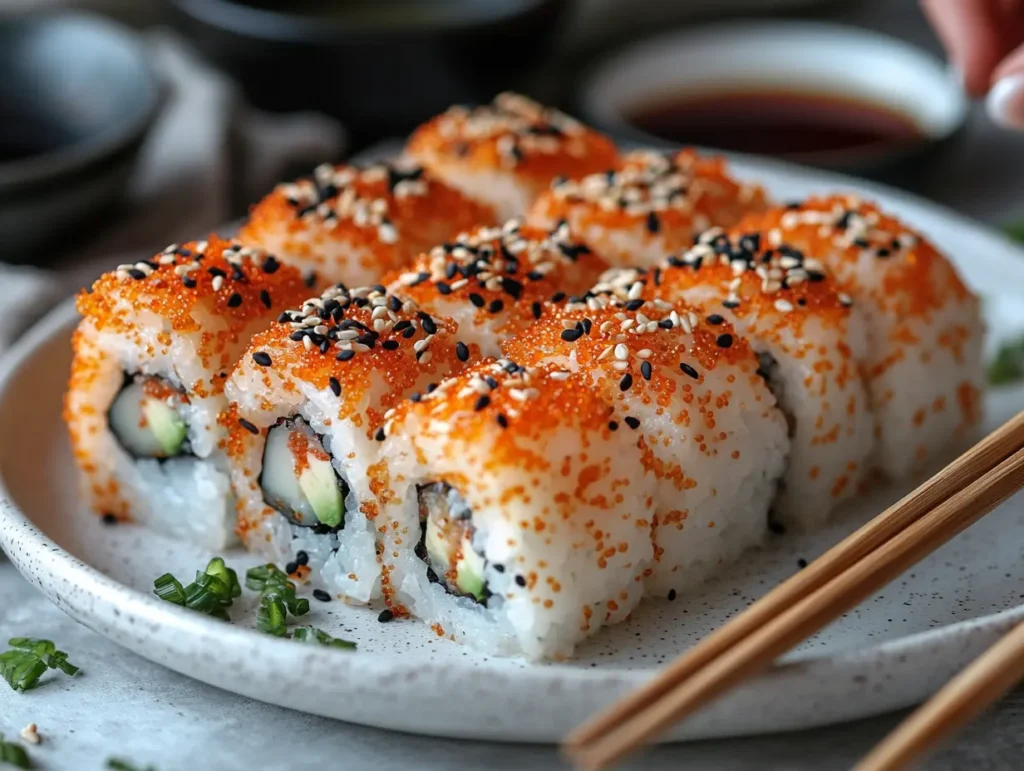
Ingredients


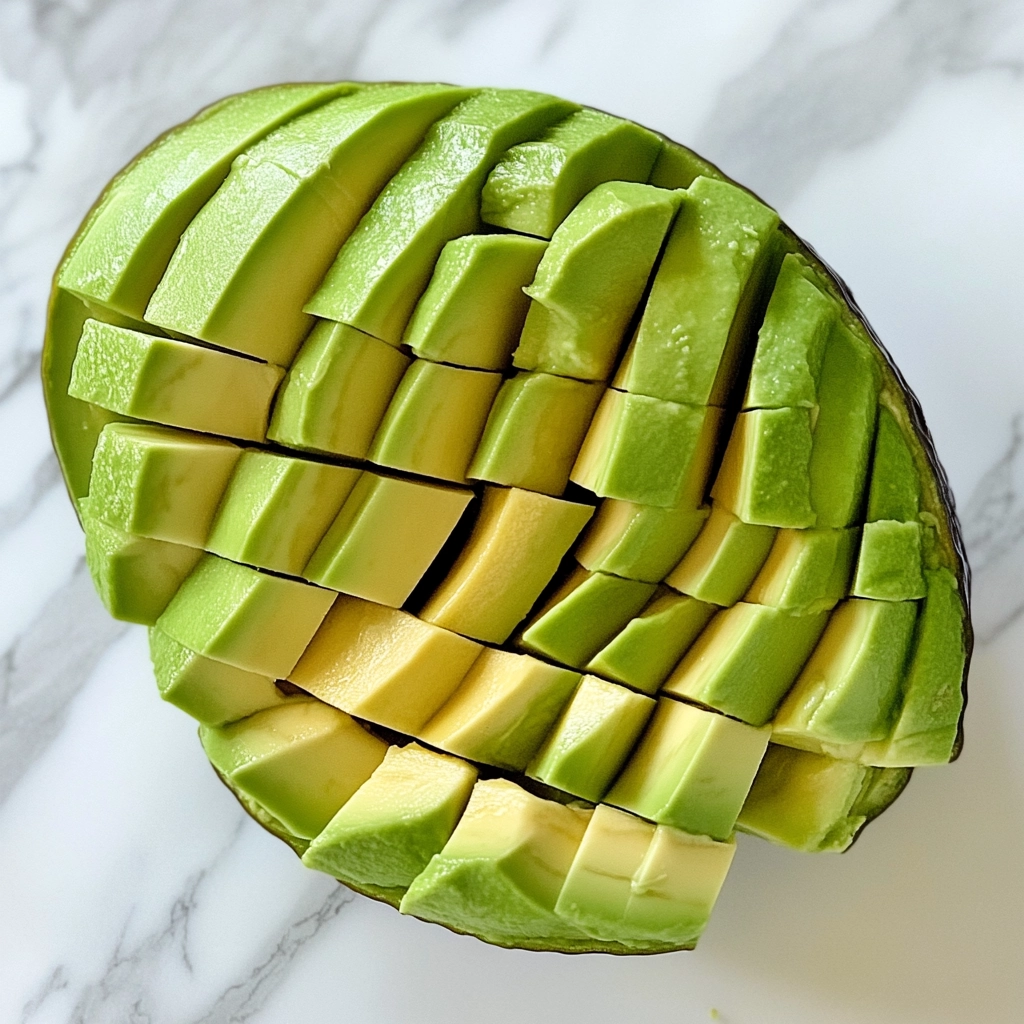
- 1 nori sheet
- ½ cup sushi rice
- ½ avocado, sliced
Assembly is the same as above, substituting avocado for cucumber. For an extra touch, you can add a sprinkle of sesame seeds with the avocado.
📝 Tip: Wet your fingers with water when spreading rice to prevent sticking. A small bowl of water next to your workstation is a must-have.
🦀 California Roll Recipe: A Classic Favorite
The California roll recipe is a western creation that has become one of the most popular sushi rolls in the world. It features imitation crab, avocado, and cucumber, and is often made “inside-out” with rice on the outside (this is called uramaki).
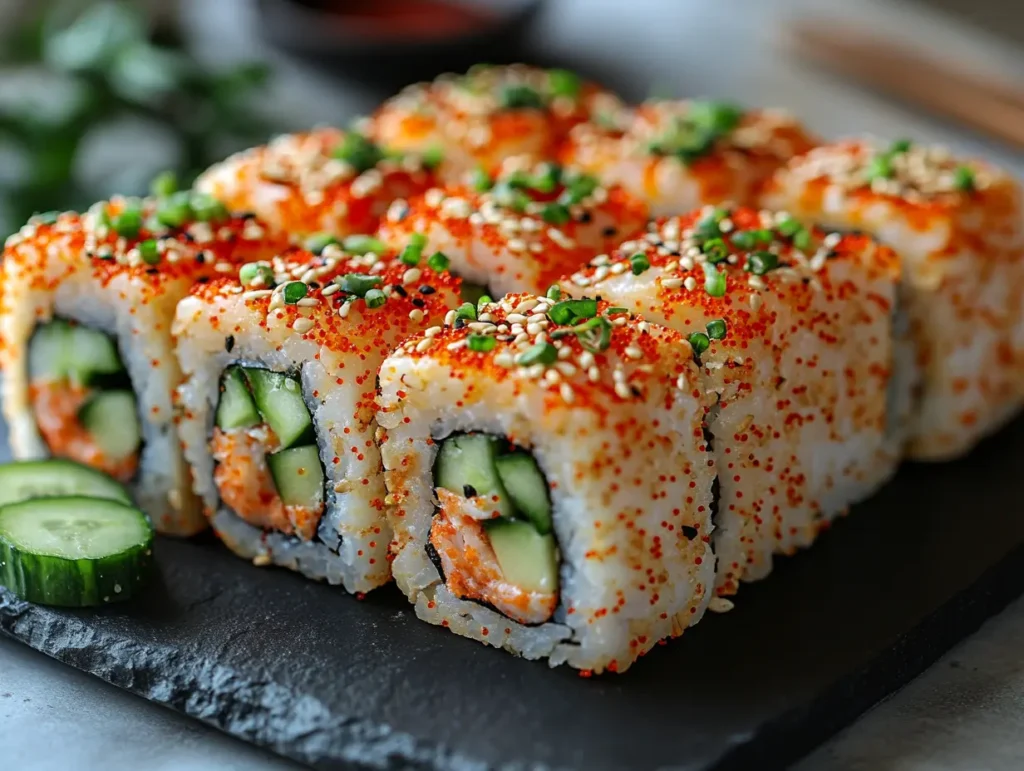
Ingredients




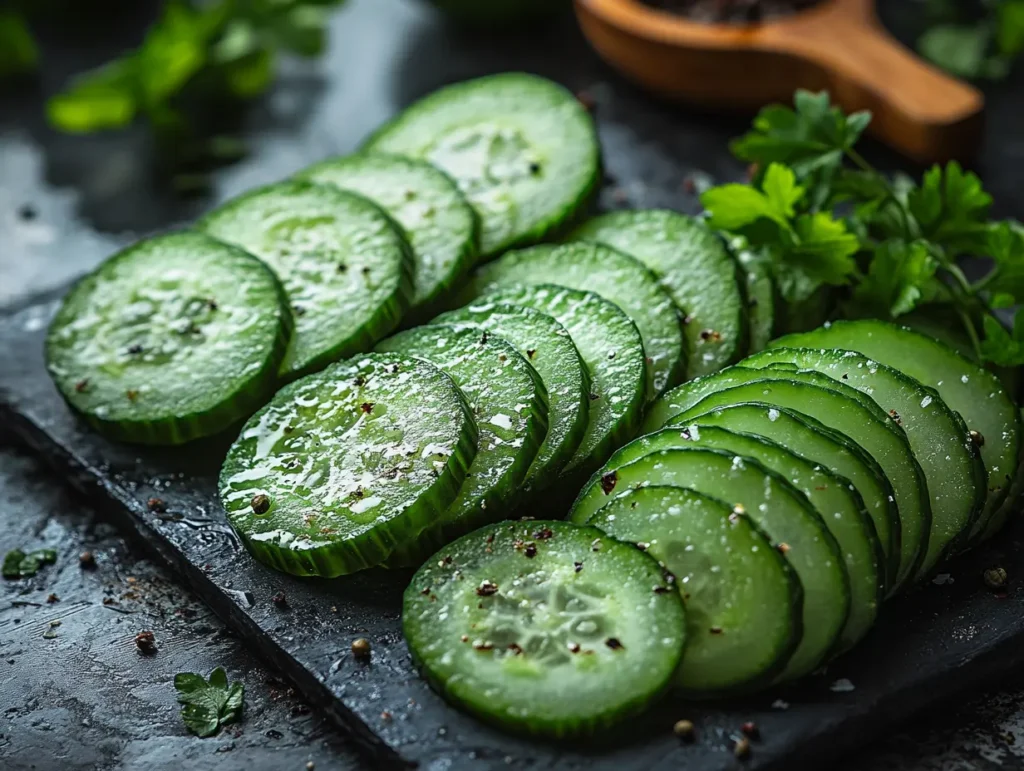

| Ingredient | Quantity |
|---|---|
| Nori sheets | 1 |
| Sushi rice | ¾ cup |
| Imitation crab sticks | 2–3 sticks, shredded |
| Avocado | ½, sliced |
| Cucumber | ¼, julienned |
| Toasted sesame seeds | 1 tablespoon |
Assembly Steps
- Place the nori on the bamboo mat, then spread rice evenly on top.
- Sprinkle sesame seeds over the rice.
- Flip the nori so rice faces down.
- Add crab, avocado, and cucumber in the center.
- Roll tightly, then slice.
✅ Pro Tip: Cover your bamboo mat with plastic wrap to prevent sticking when making inside-out rolls. This will make cleanup much easier and help you get a tighter roll.
🌶️ Spicy Tuna Roll: A Flavorful Favorite
The spicy tuna roll is a beloved choice for those who enjoy a little heat with their sushi. The spicy mayo sauce pairs perfectly with the soft texture of raw or seared tuna. If you are new to using raw fish, be sure to source high-quality, sushi-grade tuna from a reputable fishmonger.
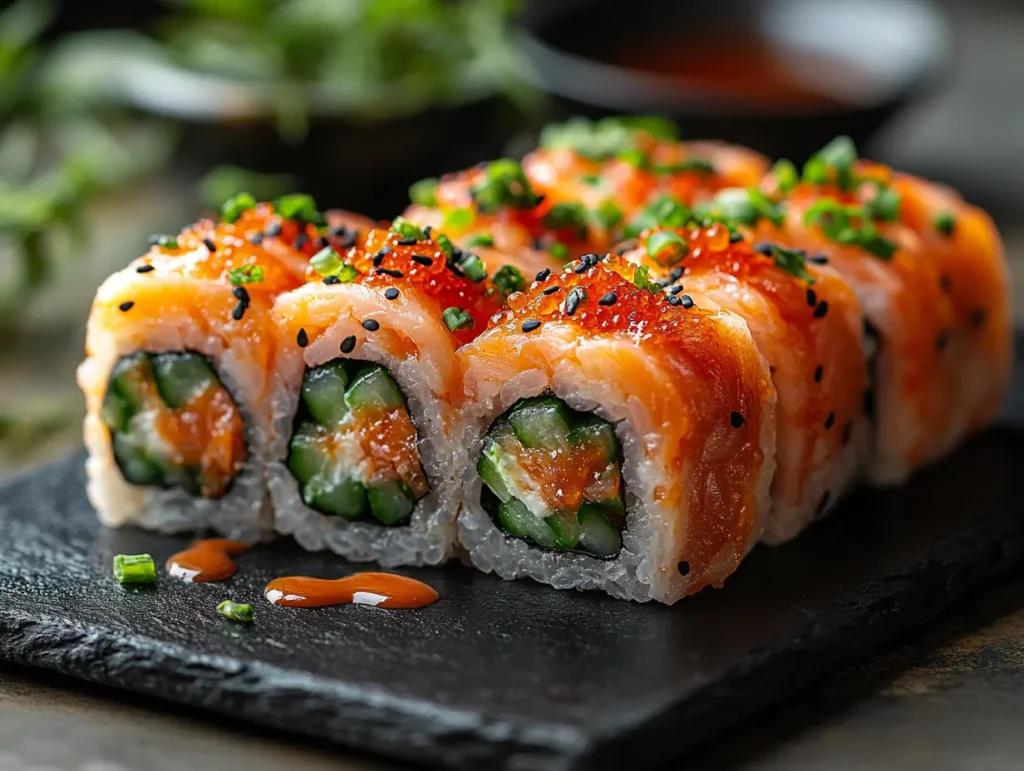
Ingredients
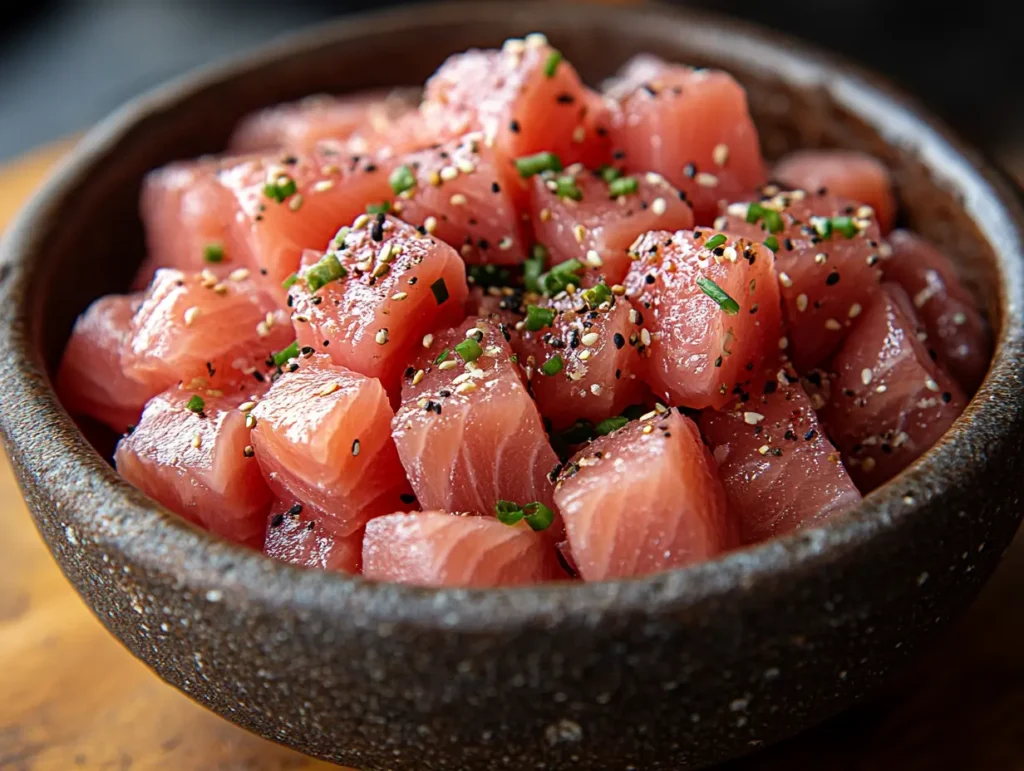
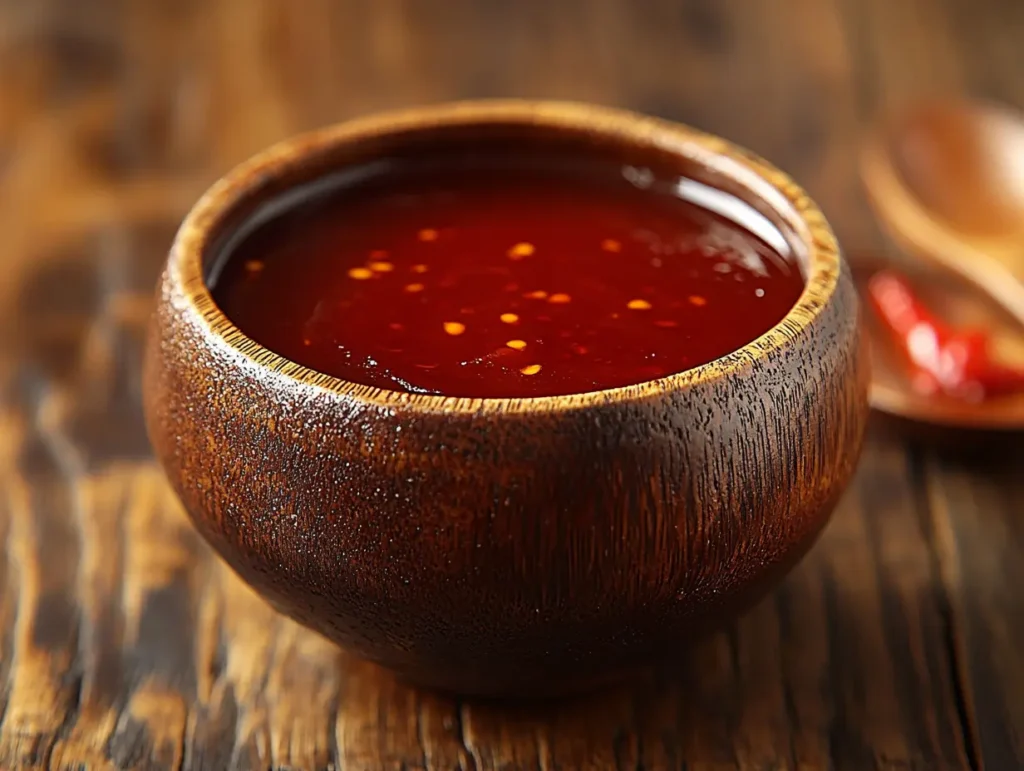



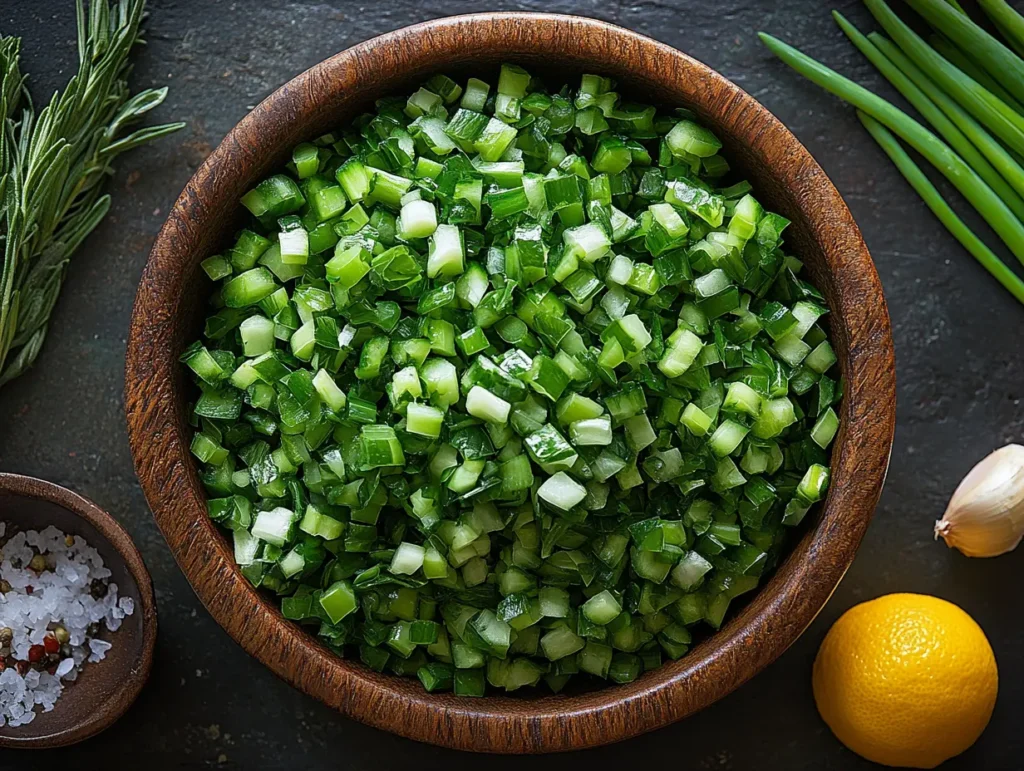
| Ingredient | Quantity |
|---|---|
| Sushi-grade tuna | 3 oz, finely chopped |
| Sriracha sauce | 1 teaspoon |
| Mayonnaise (eggless OK) | 1 tablespoon |
| Nori sheet | 1 |
| Sushi rice | ½ cup |
| Scallions (optional) | 1 tablespoon, chopp |
Instructions
- Make Spicy Tuna Mix: In a small bowl, gently combine the chopped tuna, sriracha, and mayonnaise. For a milder version, start with less sriracha and add more to taste.
- Assemble: Place nori on the bamboo mat, spread rice evenly, and then arrange the spicy tuna mixture in a line across the center. Sprinkle with chopped scallions if desired.
- Roll and slice as with other sushi rolls.
🌱 Alternative: If you prefer cooked fish, you can adapt this by using cooked salmon, similar to the kind in our Finnish salmon soup recipe, or even canned tuna.
🍙 Techniques for Rolling Sushi
Learning the right rolling technique makes a huge difference in presentation and texture. A well-rolled sushi piece holds together perfectly. Here’s how to do it:
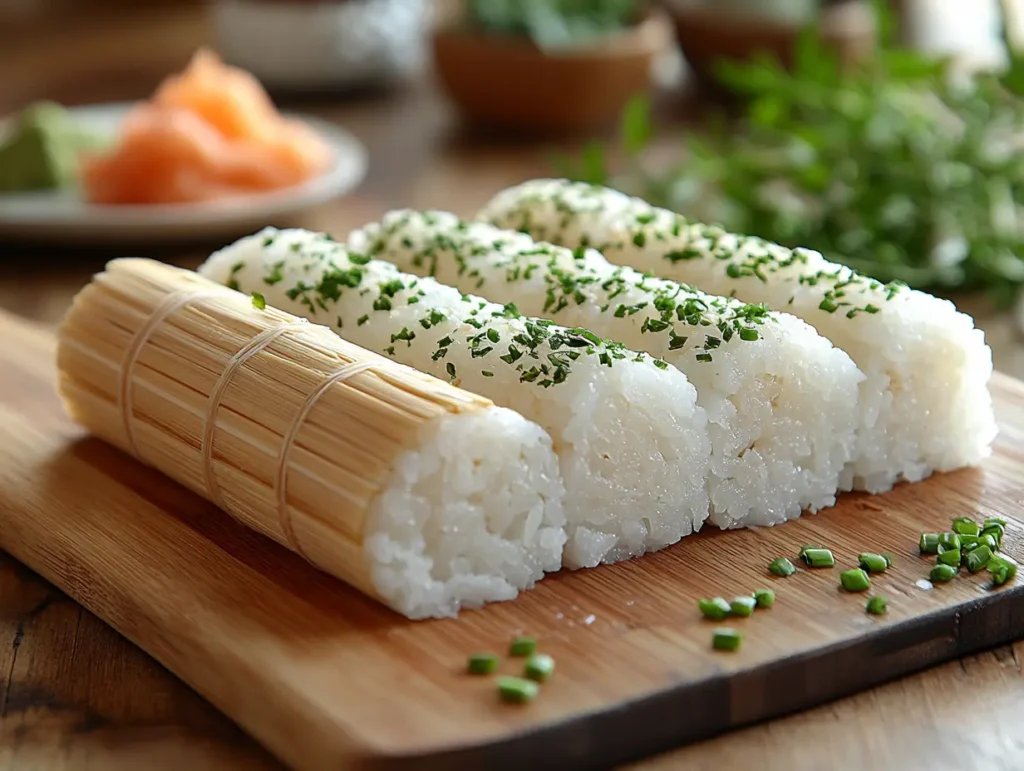
Rolling Instructions:
- Setup: Lay a bamboo mat flat and place a sheet of nori on top, shiny side down.
- Spread Rice: Use wet fingers to spread sushi rice evenly over the nori, leaving a one-inch border at the top edge. Don’t press too hard.
- Add Fillings: Arrange your fillings in a straight line across the bottom third of the rice. Don’t overfill, as this can make rolling difficult.
- Roll: Lift the edge of the mat closest to you with your thumbs, holding the fillings in place with your fingers. Begin to roll tightly, tucking in the edge to start the roll.
- Seal: Use a little water on the exposed nori edge to seal the roll. Give the roll a final, gentle squeeze with the mat to ensure it is compact.
- Slice: Use a sharp, wet knife to cut the roll into even pieces. A single, smooth cut is better than a sawing motion.
🧼 Tip: Wipe the knife with a damp cloth between slices for clean cuts. This prevents the rice from sticking to the blade and ensures each piece looks perfect.
🧂 Common Fillings & Flavor Pairings
Here’s a helpful table of ingredients you can mix and match for custom sushi rolls. Experimenting with different combinations is part of the fun!
| Protein Options | Veggies & Fruit | Sauces & Toppings |
|---|---|---|
| Cooked chicken strips | Cucumber | Soy sauce (low-sodium) |
| Imitation crab | Avocado | Wasabi |
| Tofu (grilled or raw) | Carrot (julienned) | Pickled ginger |
| Cooked shrimp | Mango slices | Toasted sesame seeds |
| Canned tuna | Bell pepper | Vegan mayo + sriracha |
🥢 How to Serve and Store Homemade Sushi
Serving Suggestions:
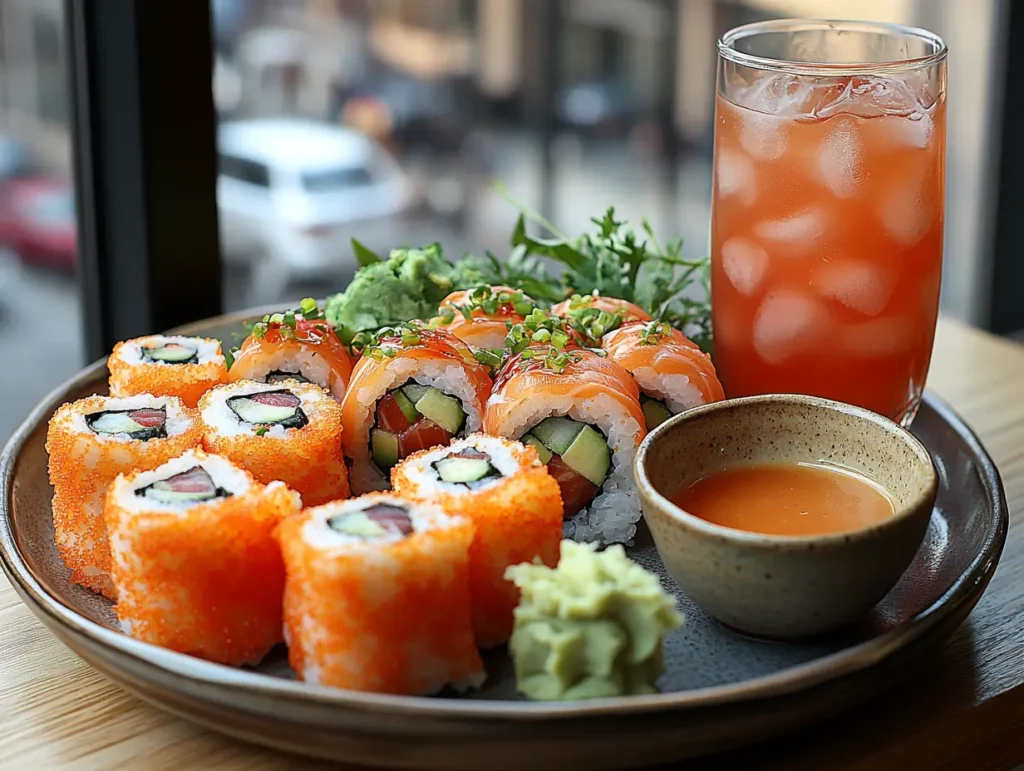
- Serve sushi with soy sauce, pickled ginger (gari), and wasabi. The ginger is meant to be eaten between different types of sushi to cleanse the palate. For a gluten-free meal, be sure to use tamari instead of regular soy sauce.
- Add miso soup, a seaweed salad, or edamame on the side for a full meal.
- Pair your sushi with a refreshing watermelon mocktail for a perfect summer feast.
- Arrange sushi pieces attractively on a platter with garnishes. To finish the meal, consider offering one of these 10 easy healthy desserts.
Storing Tips:
- Sushi is best eaten fresh but can be stored for up to 24 hours in the fridge if it contains cooked ingredients.
- Wrap rolls tightly in plastic wrap and place in an airtight container to prevent the rice from drying out.
- Avoid freezing sushi—it alters the texture and flavor of the rice and fillings, making them mushy and unappetizing.
📝 Note: If using raw fish, it is highly recommended to eat immediately or within 4 hours when kept refrigerated for food safety reasons.
🧑🍳 Sushi-Making Tools: What You Need

| Tool | Purpose |
|---|---|
| Bamboo mat (makisu) | Rolling sushi evenly |
| Rice paddle | Mixing and cooling sushi rice |
| Sharp knife | Cleanly slicing rolls |
| Cutting board | Surface for assembling and slicing |
| Plastic wrap | Preventing rice from sticking |
While you don’t need a lot of fancy equipment, a few key tools will make the sushi-making process much smoother. Investing in the best kit for making sushi at home can be a great first step.
🛠️ Optional but helpful: A sushi bazooka or rolling machine can help create perfectly shaped rolls with consistent pressure, especially for beginners.
📌 Summary: Your Sushi Roll Journey
Here’s a quick recap of what you’ve learned in this guide:
| Step | Key Details |
|---|---|
| Sushi Rice | Rinse, cook, and season properly |
| Easy Rolls | Cucumber, avocado, or veggie-based |
| California Roll | Crab, avocado, cucumber (inside-out) |
| Spicy Tuna Roll | Tuna with spicy mayo and scallions |
| Rolling Techniques | Use a bamboo mat, seal tightly |
| Tools & Storage | Use fresh ingredients, store well |
🧭 Final Thoughts: Your Sushi Journey Starts Here
Making sushi at home is a creative, healthy, and enjoyable way to expand your cooking skills. Start with the basics like homemade sushi rice and easy vegetable rolls. Then graduate to more flavorful creations like the California roll or spicy tuna roll. Don’t be afraid to experiment with different fillings, sauces, and textures to make sushi your own.

With a few essential tools and fresh ingredients, you’re well on your way to becoming a home sushi master. The process is not just about the final product, but also about the mindful practice of creating something beautiful and delicious. 🍱
Happy rolling!
🌟 Essential Sushi Roll Recipe
Print
California Roll Sushi
- Total Time: 40 minutes
- Yield: 1 roll 1x
- Diet: Low Lactose
Description
This classic California roll is a perfect introduction to homemade sushi. Featuring imitation crab, creamy avocado, and crisp cucumber, it’s a simple, flavorful roll that’s ideal for beginners and a hit at any gathering.
Ingredients
- 1 nori sheet
- ¾ cup sushi rice
- 2–3 imitation crab sticks, shredded
- ½ avocado, sliced
- ¼ cucumber, julienned
- 1 tablespoon toasted sesame seeds
Notes
- Place a sheet of nori on a bamboo sushi mat. Spread the sushi rice evenly on top of the nori, leaving a 1-inch border at the top.
- Sprinkle the sesame seeds evenly over the rice.
- Flip the nori so that the rice faces down.
- Place shredded imitation crab, avocado slices, and julienned cucumber across the center of the nori.
- Roll tightly using the bamboo mat, sealing the edge with a little water. Slice into 6–8 pieces using a sharp, wet knife.
- Prep Time: 20 minutes
- Cook Time: 20 minutes
- Category: Main Course
- Method: Rolling
- Cuisine: Japanese
Nutrition
- Serving Size: roll (about 8 pieces)
- Calories: 320
- Sugar: 4g
- Sodium: 600mg
- Fat: 10g
- Saturated Fat: 2g
- Unsaturated Fat: 7g
- Trans Fat: 0g
- Carbohydrates: 42g
- Fiber: 3g
- Protein: 12g
- Cholesterol: 15mg
Keywords: California roll, sushi, homemade sushi, easy sushi recipe, imitation crab sushi, avocado sushi, Japanese cuisine

